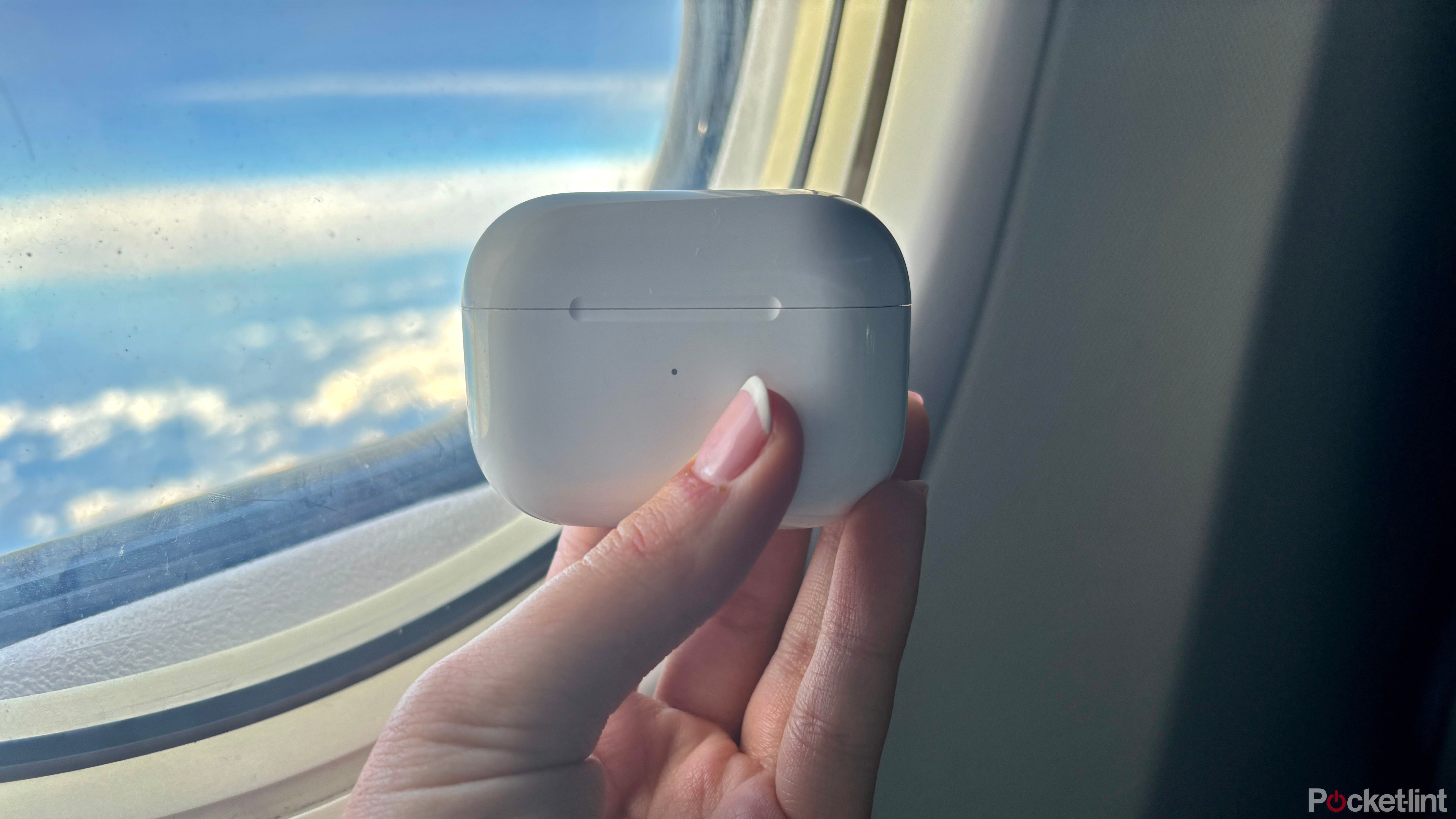Key Takeaways
- Active noise cancellation enhances the listening experience by eliminating distractions.
- ANC headphones may cost more and also require extra power consumption.
- ANC is essential for frequent fliers and gym-goers, but may be redundant or risky in quiet or traffic-filled areas.
As tech jargon goes, it’s not too difficult to guess what “active noise cancellation” does, or why you might want it on a pair of earbuds or over-the-ear headphones. But the electronics industry is full of nice-to-have features that are mostly meant to upsell you. No one’s getting much use out of an 8K TV at the moment, for instance, yet you can easily spend thousands of dollars on one.
Is active noise cancellation that sort of feature? Or is it something you should insist on whenever you’re shopping for new headphones?
Related
4 gimmicks to ignore when shopping for a fitness tracker
Put your money where it’ll do the most good by ignoring features that you probably won’t even use.
 What is active noise cancellation?
What is active noise cancellation?
Active noise cancellation, or ANC, begins with headphones using one or more microphones to read the ambient noise in an environment. A processor interprets this data, and triggers an opposing soundwave that “cancels” most or all of the outside sound. When it works as intended, the result is a purer listening experience free of distractions — you may even catch a few nuances in your music that you previously missed.
You might have seen the term “passive” cancellation, but all this refers to is some sort of ear seal that reduces the amount of sound getting in, like an ear cup. It’s a purely non-electronic design feature. It’s sometimes used as a marketing ploy to convince you that you’re getting an equivalent to ANC, but unless you’re buying an open-back or bone-conducting design, any decent set of headphones will try to block outside sound.
Typically, yes. At a minimum ANC headphones need a processor capable of interpreting and canceling ambient noise in real-time, and that’s a little more expensive than a chip that only needs to manage volume, EQ, and connection data. That cost is often passed along to you, the buyer.
ANC also consumes extra power while it’s running, so wireless headphones may include larger batteries to compensate. In a pinch, one of the easiest ways of stretching out battery life is temporarily disabling cancellation.
 Do you need ANC on headphones?
Do you need ANC on headphones?
“Need” is a relative term. In some situations, however, ANC can mean the difference between hearing audio clearly or getting unintelligible garbage. A primary example is plane travel — I’ve tried flying with the ANC-free Powerbeats Pro, but the drone of jet engines overpowered my movies and TV shows. Conversely, since switching to the ANC-equipped Jabra Elite 7 Active, it’s been possible to forget I’m on a plane at all. The feature is a must-have for frequent fliers.
ANC is likewise useful in places like gyms, where your personal soundtrack could otherwise be drowned out by loudspeakers and clanging barbells. The tech may or may not be essential in your workplace — while it’s great for overall focus and taking phone calls, some offices are already quiet, and there’s a risk of accidentally ignoring co-workers. If you work somewhere like a factory, warehouse, or construction site, you may need to keep your ears open for hazards.
It’s better to have ANC as an option, but there are some scenarios in which the feature can be redundant or even dangerous.
Think twice about ANC for activities with traffic safety issues, too. It’s possible to miss oncoming cars, bikes, and scooters, no matter if you’re jogging in the suburbs or trying to catch a train in downtown Manhattan. You certainly shouldn’t bother with ANC if you’re the one doing the cycling or driving.
The feature is often completely redundant for home listening. Your audio may sound clearer, but unless you’ve got noisy neighbors or you want to listen to something separately from your partner, children, or roommates, all you’re really doing is eliminating room tone. The difference isn’t worth the extra money.
To sum things up — it’s better to have ANC as an option, but there are some scenarios in which the feature can be redundant or even dangerous. If you know you’ll always be listening in environments where ANC doesn’t help, feel free to save a bit of cash.

Related
After testing both on-ear and over-ear headphones, there’s a clear winner
On-ear headphones proved good for casual use, but over-ear headphones have my heart.
Trending Products

Cooler Master MasterBox Q300L Micro-ATX Tower with Magnetic Design Dust Filter, Transparent Acrylic Side Panel, Adjustable I/O & Fully Ventilated Airflow, Black (MCB-Q300L-KANN-S00)

ASUS TUF Gaming GT301 ZAKU II Edition ATX mid-Tower Compact case with Tempered Glass Side Panel, Honeycomb Front Panel…

ASUS TUF Gaming GT501 Mid-Tower Computer Case for up to EATX Motherboards with USB 3.0 Front Panel Cases GT501/GRY/WITH Handle

be quiet! Pure Base 500DX ATX Mid Tower PC case | ARGB | 3 Pre-Installed Pure Wings 2 Fans | Tempered Glass Window | Black | BGW37

ASUS ROG Strix Helios GX601 White Edition RGB Mid-Tower Computer Case for ATX/EATX Motherboards with tempered glass, aluminum frame, GPU braces, 420mm radiator support and Aura Sync

CORSAIR 7000D AIRFLOW Full-Tower ATX PC Case – High-Airflow Front Panel – Spacious Interior – Easy Cable Management – 3x 140mm AirGuide Fans with PWM Repeater Included – Black









